Evolving Consumer Preferences
Evolving consumer preferences are reshaping the Fixed-Mobile Convergence Market. Today's consumers exhibit a strong inclination towards flexible and personalized service offerings. The demand for bundled services that provide both mobile and fixed connectivity is on the rise, with surveys indicating that nearly 70% of consumers prefer such packages. This shift is prompting service providers to adapt their strategies, focusing on customer-centric solutions that cater to diverse needs. As a result, the Fixed-Mobile Convergence Market is witnessing a transformation, where providers are increasingly investing in customer engagement and tailored service offerings to retain and attract subscribers.
Integration of Communication Services
The integration of communication services is a pivotal driver in the Fixed-Mobile Convergence Market. As consumers increasingly demand seamless connectivity across devices, service providers are compelled to offer bundled solutions that combine fixed-line and mobile services. This trend is evidenced by the rise in subscriptions for converged services, which reached approximately 1.5 billion globally in 2025. The convenience of having a single provider for both mobile and fixed services not only enhances customer satisfaction but also reduces operational costs for providers. Consequently, this integration fosters a competitive landscape where companies strive to innovate and improve service delivery, thereby propelling growth in the Fixed-Mobile Convergence Market.
Regulatory Support and Policy Frameworks
Regulatory support and policy frameworks play a crucial role in shaping the Fixed-Mobile Convergence Market. Governments and regulatory bodies are increasingly recognizing the importance of fostering competition and innovation within the telecommunications sector. Policies that encourage infrastructure sharing and investment in next-generation networks are being implemented, which can enhance service availability and affordability. For instance, initiatives aimed at reducing barriers to entry for new players are likely to stimulate market growth. As regulatory environments evolve, they may create opportunities for new entrants and drive existing players to enhance their service offerings in the Fixed-Mobile Convergence Market.
Increased Demand for Unified Communication Solutions
Increased demand for unified communication solutions is a key driver in the Fixed-Mobile Convergence Market. Businesses are increasingly seeking integrated communication platforms that facilitate collaboration among employees, regardless of their location. The rise of remote work and the need for efficient communication tools have led to a surge in demand for solutions that combine voice, video, and messaging services. As of October 2025, the market for unified communication solutions is projected to grow at a compound annual growth rate of 15%, reflecting the urgency for businesses to adopt comprehensive communication strategies. This trend is likely to further stimulate growth in the Fixed-Mobile Convergence Market, as service providers enhance their offerings to meet the evolving needs of enterprises.
Technological Advancements in Network Infrastructure
Technological advancements in network infrastructure are significantly influencing the Fixed-Mobile Convergence Market. The deployment of 5G technology, alongside improvements in fiber-optic networks, is enabling faster and more reliable connectivity. As of October 2025, it is estimated that over 60% of mobile operators have begun integrating 5G capabilities into their service offerings. This transition not only enhances user experience but also allows for the development of new applications and services that leverage high-speed connectivity. The ongoing evolution of network technologies is likely to drive further investments in the Fixed-Mobile Convergence Market, as providers seek to capitalize on the growing demand for high-performance communication solutions.
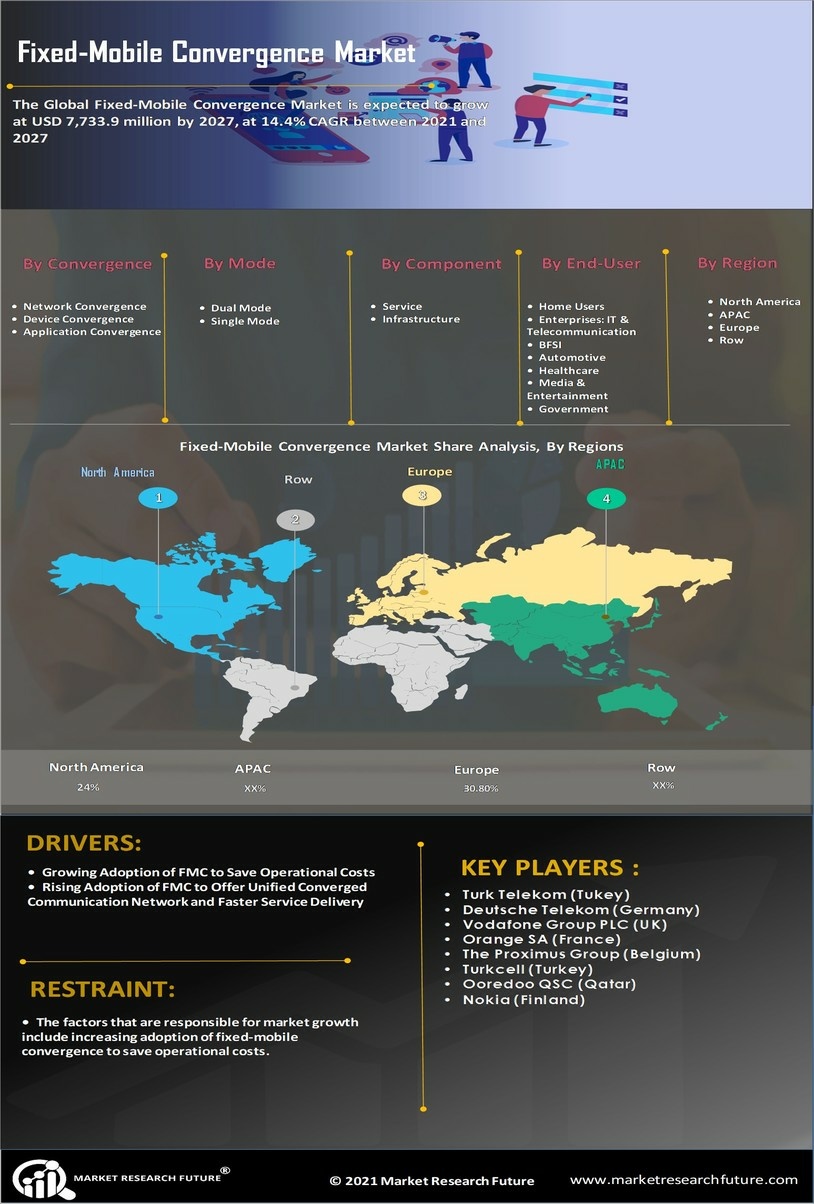

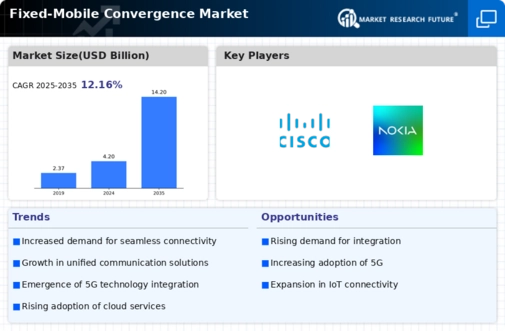
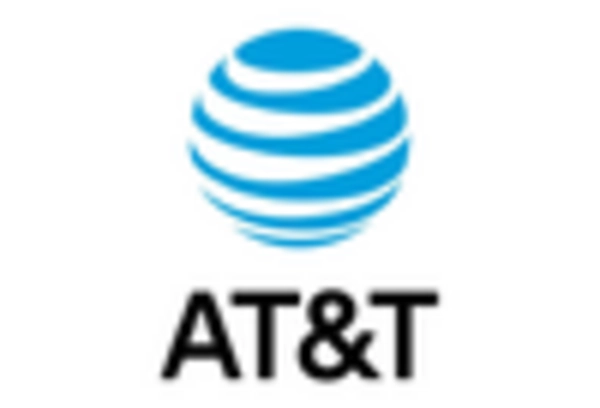
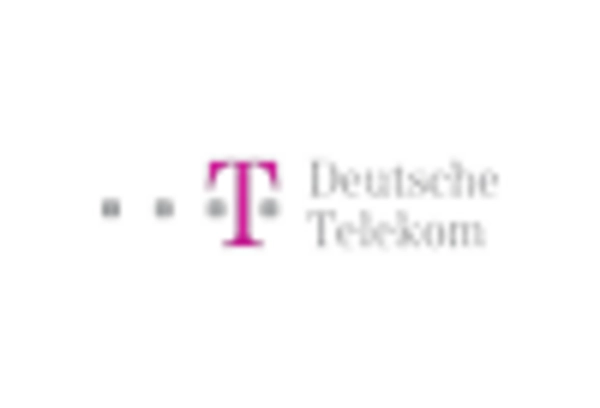
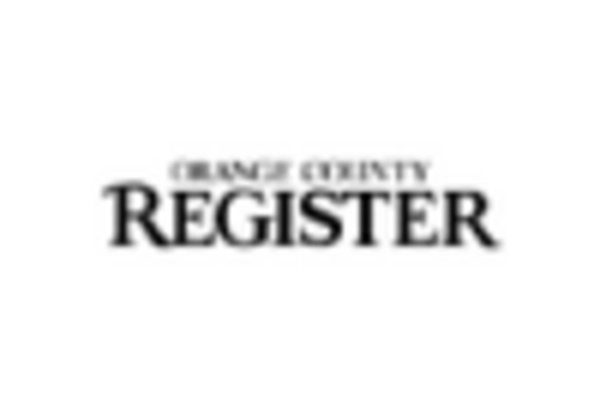
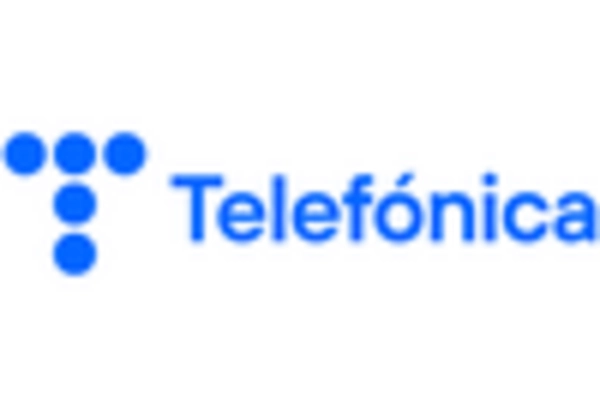
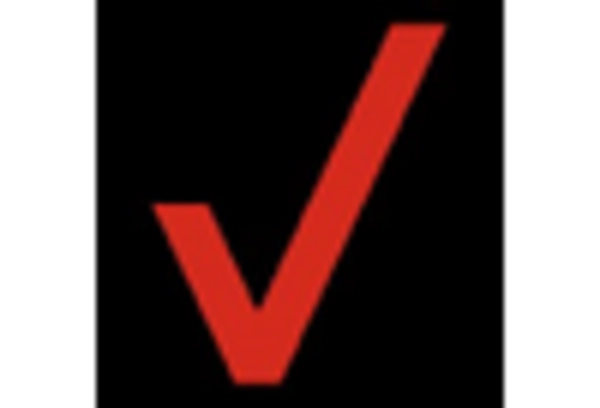
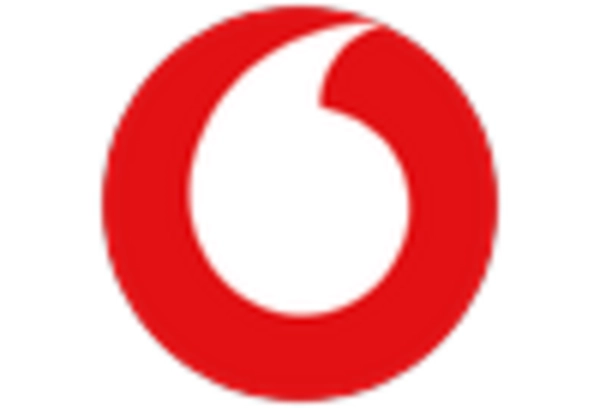








Leave a Comment